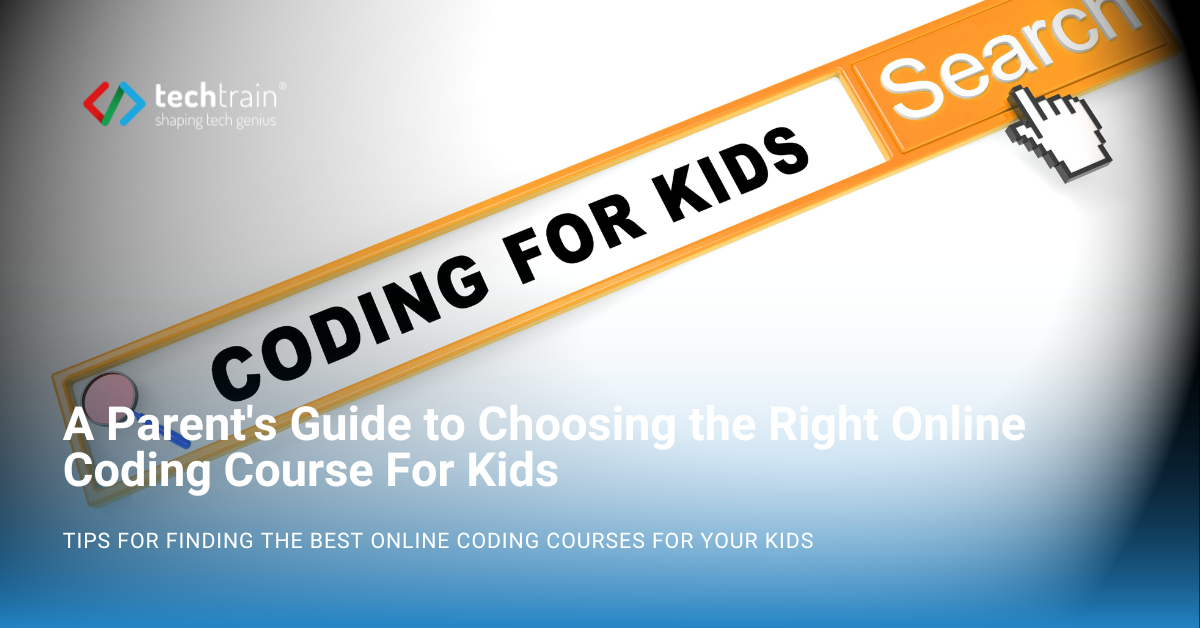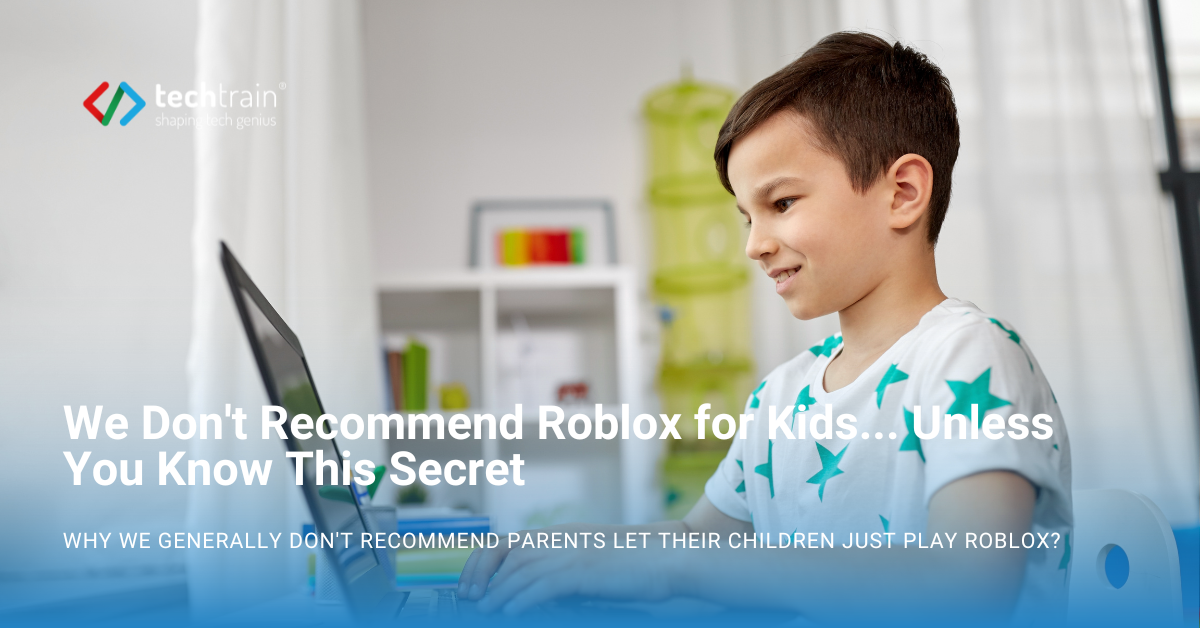Anyone who has watched a child transform everyday objects into imaginative toys knows that many kids come into this world with exceptional creativity skills. Remember when your child turned a cardboard box into a spaceship or a house of their own? Suddenly, your living room becomes the launching point of an intergalactic adventure.
As parents and educators, isn't it our role to ensure that creative flames never go out?
But first, we have to know how to ignite their creativity. One powerful way to enhance your child’s creativity skills is through learning coding. This blog will guide you through the intersection of creativity and coding and show you how code can unlock kids' potential, particularly when they start at a young age.

What are creativity skills?
Creativity skills enable individuals to think initially and outside the box differently. Creativity has different forms; sometimes, it's how one handles a problem, and other times, it's one effort to brainstorm an innovative idea. Creativity skills are not limited to artistic endeavors, and they can be essential in all fields, be it science, technology ed, education, or business.
One's creativity skills may include one of the following competencies:
- Creative thinking: The ability to approach problems from multiple perspectives and think of creative solutions.
- Imagination: The capacity to envision possibilities and consequences beyond current realities.
- Flexibility: The willingness to adapt to new and erratic information or perspectives different from one's experiences.
Enhancing Creative Thinking Skills
Creativity requires curiosity and a willingness to experiment
Many people mistake being creative for having talent in music and art. Being a creative person is broader, and it can come across many fields. It's about using our imagination to fix problems and develop ideas. It helps shift our thinking into a new perspective instead of just following the usual way. This skill is the force of questioning and wondering. When we get curious, we ask questions like, "What if?" and "How can I approach these problems?" We discover new ways to do things by asking these types of questions. Sometimes, the way one thinks is so revolutionary that it can change the world.
Beyond all, the beauty of creative thinking is that it can be enhanced through human experience, practices, and exposure to the world around us. The more involved your children are in practical challenges and pushing their boundaries to the max, the more opportunities they create to become creative thinkers.
The Role of Coding in Enhancing Creative Ability
Creative coding as a form of expression
Many parents may not realize that creative coding is a form of self expression. Just as a painter uses canvas and oil paints to create their work of art, coders use programming languages to make everything from websites to video games and software. Children can visualize their imagination and bring their ideas to life through coding. They are not just entering commands but constructing narratives, building their own worlds, and creating their own experiences.
Whether they want to make a simple video game or build a new website, coding gives them the freedom to express their ideas effectively. Platforms like Scratch and TinkerCAD allow them to create animated stories and 3D designs that reflect their imagination. These tools foster creativity and encourage them to explore STEM/STEAM (Science, Technology, Engineering, Arts, and Mathematics) fields in a fun and exciting way.
Coding introduces children to a wide array of media forms, enabling them to explore and experiment with their creativity. They can seamlessly blend vibrant graphics, captivating sounds, and expressive text to craft one-of-a-kind projects that improve creative visualization ability.
Problem-solving skills
When children learn to code, they expose themselves to challenges requiring innovative solutions.
Coding teaches children to approach problems systematically by breaking down complex tasks into smaller, manageable components. For instance, if a game they build doesn’t function as intended, they must first identify the issue, figure out potential solutions to the problem, fix it, and see the results in real time.
As your children work through coding challenges, they apply what they’ve learned to real-world scenarios. This process will foster their persistence and resilience. Later in life, it will help them realize that hardship is not only a part of learning but also translates to other areas of life and teaches them that failure is often a step toward success.
Fostering collaboration and sharing
Collaboration is the key to success in the coding world because it usually leads to brainstorming sessions where diverse ideas are raised. When children work together on projects, they will learn the value of sharing ideas and giving constructive criticism, and vice versa.
This type of interaction allows them to gather various viewpoints, which may differ from their own, and learn how to incorporate these differences to achieve the group's shared goals. They will gradually understand how teamwork functions, which can be beneficial in their academic and professional lives.
How Parents Can Support Their Kids In Coding

- Provide resources: Introduce your children to appropriate coding platforms like Scratch and TinkerCAD. Book and online coding and creative tech programs can also be valuable resources.
- Encourage exploration: Guide and allow them to pursue projects that interest them. When children can explore projects that captivate them, they become much more engaged and motivated to learn. So, if your child wants to build a website, let them dive into it.
- Join them: Participate in coding activities together. This will strengthen your bonds and show your child that you value their interests.
- Celebrate their efforts: Acknowledge their creativity and hard work, regardless of the outcome.
Creative Activities for Students That Love Technology
Coding is an excellent approach to allowing students to display their creativity while enhancing their technical skills. Here are a few fun creative activities for students to try out:
- Interactive storytelling games: Students create interactive stories and adventures on Scratch. This not only increases their coding skills but also promotes creative thinking skills as they create stories and develop characters.
- Game design: GDevelop or Roblox are also very popular tools for children to create games. These platforms are great tools that teach children to create 2D and 3D animations, game logic, and world environments with various resources and a massive community of supporters.
- Robotic projects: Using robotics kits like LEGO Mindstorms to create and program robots helps students develop creative thinking skills and engineering skills.
Conclusion
Coding is not just a technical skill but a creativity booster for kids. When you incorporate coding into their lives, you offer them an outlet for creative expression, problem-solving, and collaboration. This will enhance their digital skills, which create their futures and teach them to think differently and create. Cultivating a creative ability and the right mindset today will create a generation of children who can deal with future challenges.
Ready to inspire your child’s creativity? Try TechTrain’s creative coding courses, where kids learn through hands-on projects and unlock their full potential!
.avif)

.avif)


.avif)












.avif)
.avif)

.avif)
.avif)
.avif)
.avif)



.png)
